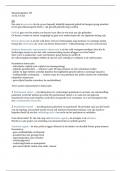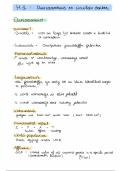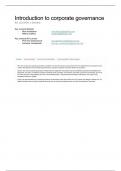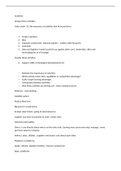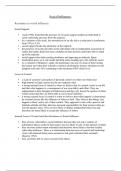Samenvatting
Summary All lectures + Examples DABS
- Vak
- Instelling
Notes from all the lectures examples of the course Design and Analysis of Biomedical Studies (DABS) at Leiden University. Covers linear regression, logistic regression, mixed models, ANOVA, meta-analysis, interim analysis, survival analysis, reliability. Also about study designs, bias, confoundin...
[Meer zien]




